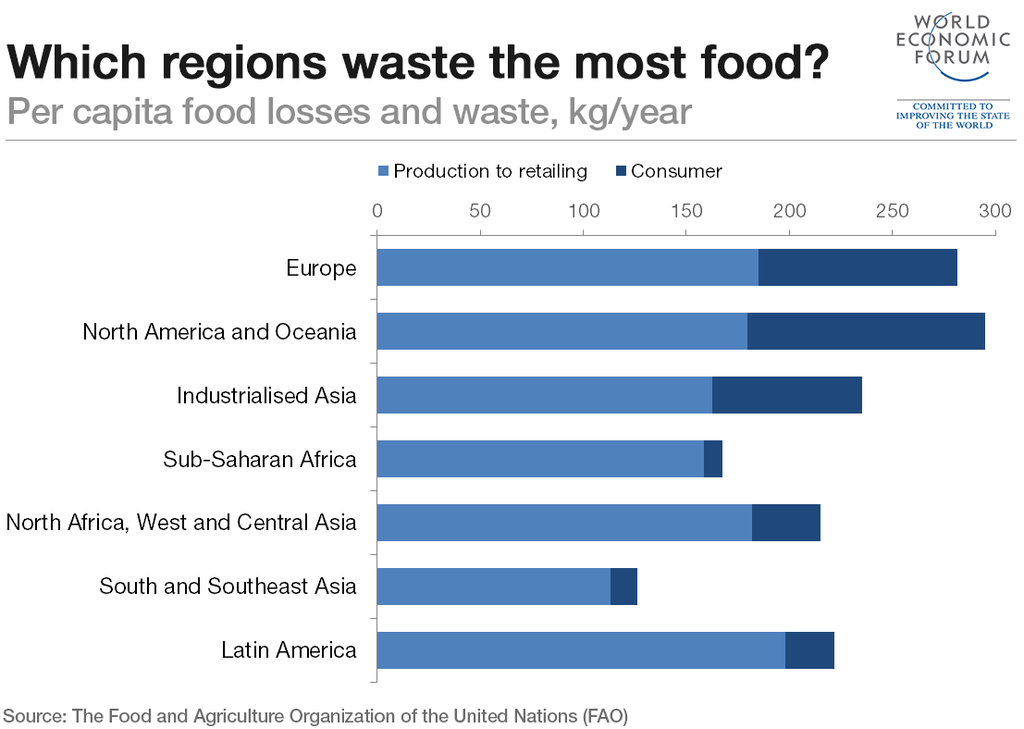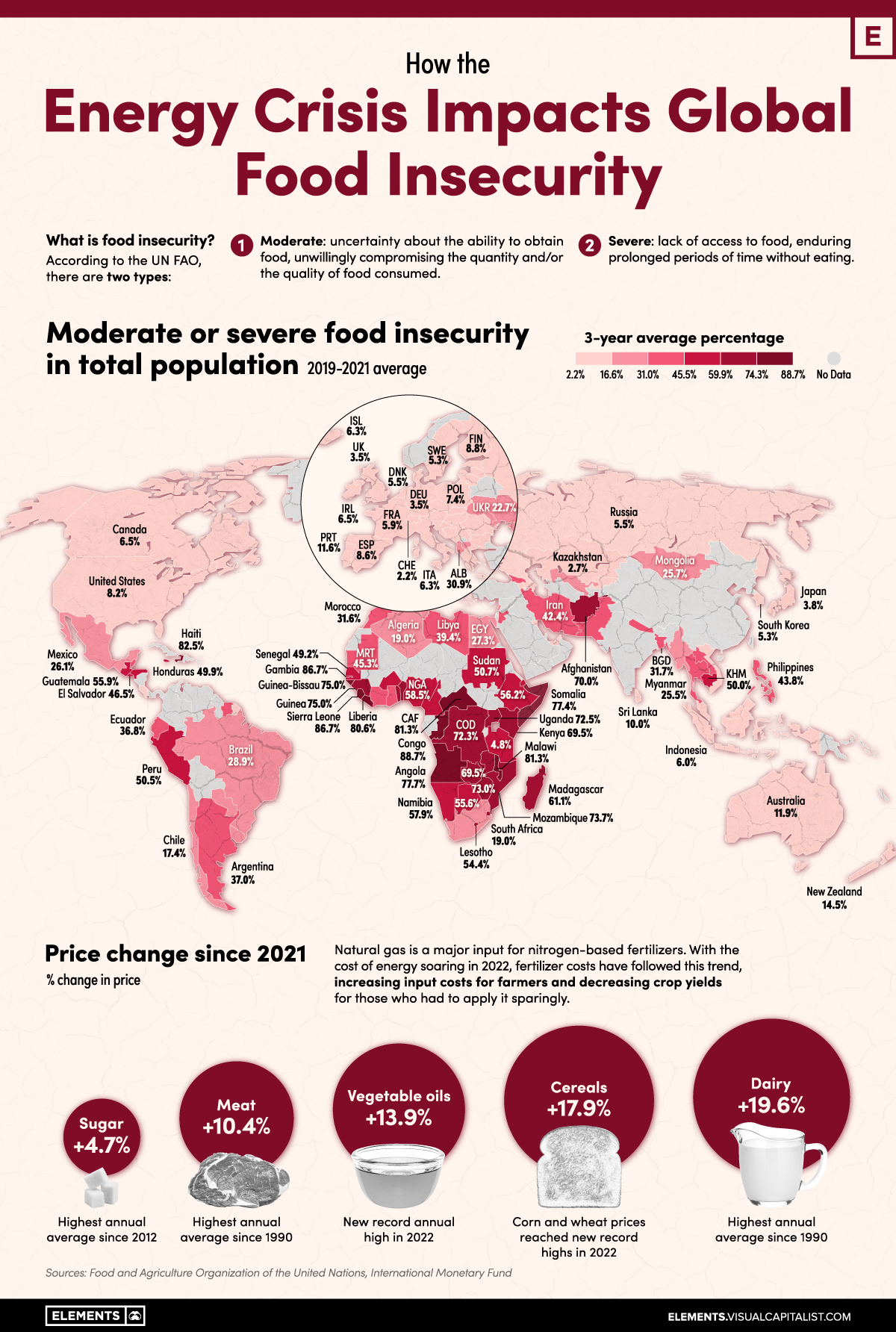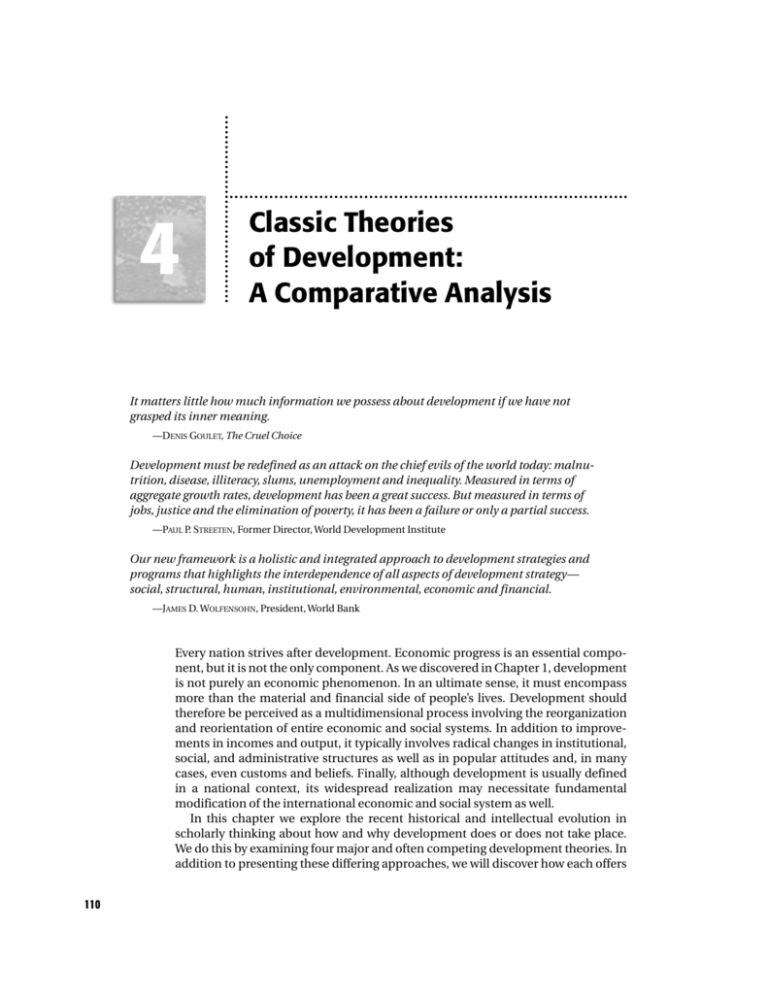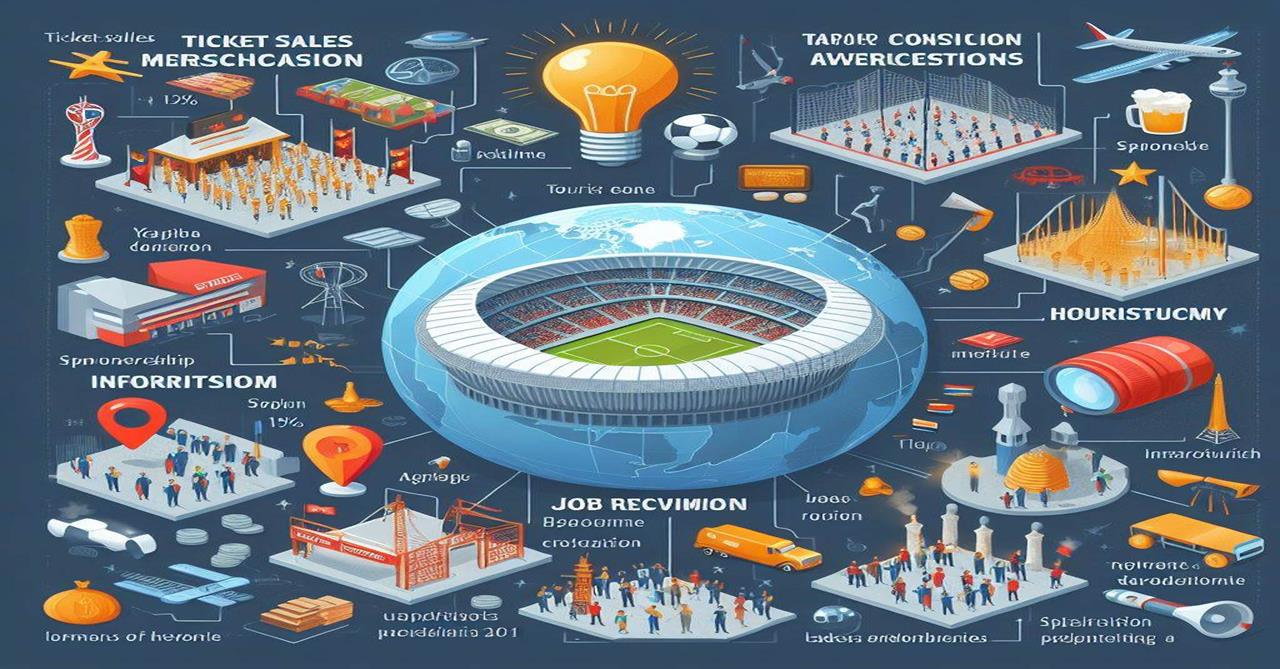
Food Security: Global Economic Challenges and Solutions – Building a Resilient Future
In a world brimming with innovation and abundance, the idea that millions still go hungry or face uncertain access to food seems unimaginable. Yet, food security remains one of humanity’s most pressing global challenges. It’s not just about having enough food; it’s a complex web woven with economic threads, environmental shifts, political stability, and social equity. When food security is threatened, the ripple effects can destabilize nations, ignite conflicts, and impede global progress.
This article will break down what food security truly means, explore the major economic challenges standing in its way, and highlight the innovative, collaborative solutions that can help us build a more food-secure and resilient future for everyone.
What Exactly Is Food Security? A Simple Explanation
At its core, food security means that all people, at all times, have physical, social, and economic access to sufficient, safe, and nutritious food that meets their dietary needs and food preferences for an active and healthy life.
This definition can be broken down into four key pillars:
- Availability: Is there enough food produced and supplied? This considers global and local food production, imports, and food aid.
- Access: Can people actually get the food? This isn’t just about physical proximity but also economic access – can they afford it? Does war or poor infrastructure prevent them from reaching markets?
- Utilization: Once food is obtained, can people use it properly? This involves safe preparation, diverse diets, clean water, and sanitation, which affect the body’s ability to absorb nutrients.
- Stability: Is the food supply consistent over time? People need to have confidence that food will be available and accessible not just today, but tomorrow, next month, and next year, even in the face of shocks like natural disasters or economic downturns.
When any of these pillars falters, food insecurity strikes.
The Alarming State of Global Food Security
Despite significant progress in past decades, the number of people facing food insecurity has been on the rise again. Recent crises, from the COVID-19 pandemic to geopolitical conflicts and extreme weather events, have exposed the fragility of our global food systems.
- Millions Undernourished: Hundreds of millions of people worldwide still suffer from chronic undernourishment, meaning they don’t get enough calories for an active life.
- Hidden Hunger: Even more suffer from "hidden hunger" – a lack of essential vitamins and minerals, leading to long-term health problems and reduced productivity.
- Vulnerable Populations: Women, children, indigenous communities, and people in conflict zones are often the most affected by food insecurity.
Understanding the economic challenges behind these statistics is crucial for finding effective solutions.
Global Economic Challenges Impacting Food Security
The path to a food-secure world is fraught with economic obstacles. These challenges often intertwine, creating a complex web that amplifies their negative impact.
1. Climate Change and Extreme Weather Events
While climate change is an environmental issue, its economic consequences for food security are profound:
- Reduced Agricultural Yields: Rising temperatures, changing rainfall patterns, and more frequent droughts and floods directly impact crop growth and livestock health. This means less food is produced.
- Increased Input Costs: Farmers face higher costs for water, energy (for irrigation and machinery), and adapting to new pest outbreaks.
- Disrupted Supply Chains: Extreme weather can damage roads, ports, and storage facilities, making it harder and more expensive to transport food from farms to markets.
- Fisheries Impact: Ocean acidification and warming waters disrupt marine ecosystems, threatening fish stocks that are a vital protein source for billions.
Economic Impact: Less food, higher production costs, and disrupted distribution all lead to higher food prices for consumers, hitting the poorest the hardest. Farmers lose income, pushing them further into poverty.
2. Conflict and Geopolitical Tensions
Wars and political instability are direct drivers of hunger and economic hardship:
- Displacement: Millions are forced to flee their homes, abandoning farms and livelihoods, becoming reliant on humanitarian aid.
- Disrupted Production: Agricultural land can become battlegrounds, unplantable due to landmines, or inaccessible due to insecurity.
- Trade Blockades and Sanctions: Restrictions on imports and exports of food and agricultural inputs (like fertilizers) can cripple supply in entire regions or globally, driving up prices.
- Infrastructure Destruction: Roads, bridges, and markets are destroyed, making it impossible to move food.
Economic Impact: Conflict shatters local economies, disrupts trade, and diverts resources from development to military spending, creating an environment where hunger thrives and economic recovery is almost impossible.
3. Economic Instability: Inflation, Poverty, and Unemployment
Basic economic principles dictate that when incomes fall or prices rise, food becomes less accessible.
- Food Price Inflation: When the cost of food skyrockets (due to factors like energy prices, supply chain issues, or currency devaluation), even if food is available, many cannot afford it. This is a major cause of urban food insecurity.
- Poverty: High unemployment rates and low wages mean households have less disposable income to spend on food. Poverty forces families to choose cheaper, less nutritious options or skip meals entirely.
- Currency Depreciation: When a country’s currency loses value, imported food becomes more expensive, impacting nations reliant on global markets.
Economic Impact: These factors reduce purchasing power, making nutritious food a luxury for many, leading to increased malnutrition and social unrest.
4. Vulnerable and Inefficient Supply Chains
The global food system is incredibly interconnected, but this interconnectedness can also be a weakness:
- Reliance on a Few Suppliers: Many countries depend on a small number of global suppliers for staple foods or agricultural inputs (like fertilizers), making them vulnerable to shocks in those regions.
- Infrastructure Gaps: Poor roads, inadequate storage facilities, and lack of refrigeration in many developing countries lead to significant food losses between the farm and the market.
- "Just-in-Time" Systems: While efficient, these systems have little buffer. Any disruption (like a pandemic or Suez Canal blockage) can quickly lead to empty shelves.
Economic Impact: Supply chain disruptions cause shortages, price spikes, and make food less reliable, adding to economic uncertainty for both producers and consumers.
5. Population Growth and Urbanization
The global population continues to grow, especially in urban areas:
- Increased Demand: More people mean a greater demand for food.
- Shrinking Arable Land: Urbanization often encroaches on fertile agricultural land, reducing the area available for food production.
- Dietary Shifts: As incomes rise, people often shift towards more resource-intensive diets (e.g., more meat and dairy), placing greater strain on food systems.
Economic Impact: Meeting the food needs of a growing, urbanizing population requires significant investment in sustainable production and efficient distribution, or it will lead to shortages and higher prices.
Innovative Solutions for a Food-Secure Future
Addressing food insecurity requires a multi-faceted approach that tackles economic challenges head-on. It’s not just about charity; it’s about building resilient, equitable, and sustainable systems.
1. Sustainable Agriculture and Technological Innovation
- Precision Agriculture: Using technologies like GPS, sensors, and drones to apply water, fertilizers, and pesticides precisely where needed. This reduces waste, lowers costs, and increases yields.
- Climate-Resilient Crops: Developing crop varieties that can withstand droughts, floods, and new pests, ensuring more stable harvests.
- Regenerative Agriculture: Practices that improve soil health, increase biodiversity, and capture carbon, making farms more productive and resilient in the long run.
- Vertical Farming and Hydroponics: Growing food in controlled indoor environments, often in urban areas, using less land and water, reducing transportation costs.
Economic Benefit: Increased yields, reduced input costs, and greater resilience to climate shocks lead to more stable food supplies and potentially lower, more predictable food prices.
2. Strengthening Supply Chains and Infrastructure
- Diversification: Encouraging countries to diversify their food sources and trade partners to reduce reliance on single regions.
- Improved Storage and Transport: Investing in better roads, cold storage facilities, and efficient logistics to reduce post-harvest losses and ensure food reaches markets quickly.
- Local Food Systems: Supporting local farmers and markets reduces transportation distances, strengthens local economies, and provides fresh, accessible food.
Economic Benefit: Reduced waste, lower transportation costs, and more reliable access to food, leading to more stable prices and stronger local economies.
3. Economic Empowerment and Social Safety Nets
- Poverty Alleviation Programs: Investing in education, job creation, and microfinance initiatives helps people earn stable incomes, allowing them to afford nutritious food.
- Social Safety Nets: Programs like food stamps, school meal programs, and cash transfers provide a crucial buffer for vulnerable families during economic downturns or crises.
- Support for Smallholder Farmers: Providing training, access to credit, and market linkages empowers small farmers, who produce a significant portion of the world’s food, to increase their productivity and income.
Economic Benefit: Increased purchasing power for individuals, reduced healthcare costs due to better nutrition, and a more stable, productive workforce contribute to overall economic growth.
4. International Cooperation and Policy Frameworks
- Fair Trade Policies: Promoting equitable trade agreements that benefit producers in developing countries and ensure stable access to global markets.
- Global Food Reserves: Establishing international reserves of staple foods that can be released during crises to stabilize prices and prevent famine.
- Research and Development Sharing: International collaboration on agricultural research and sharing best practices helps accelerate innovation globally.
- Conflict Resolution: Diplomatic efforts to prevent and resolve conflicts are paramount, as peace is a prerequisite for food security.
Economic Benefit: Stabilized global food markets, reduced need for emergency aid (which is often more expensive), and shared knowledge leading to more efficient and resilient food systems worldwide.
5. Reducing Food Waste
- Consumer Awareness: Educating individuals about meal planning, proper storage, and understanding "best by" dates can significantly reduce household food waste.
- Improved Infrastructure: Better cold chains, packaging, and processing facilities reduce losses from farm to fork.
- Policy and Regulation: Governments can incentivize businesses to donate excess food and penalize unnecessary waste.
Economic Benefit: Reducing waste means more food is available without increasing production, saving resources and money across the entire food supply chain. It’s an economic win for producers, retailers, and consumers.
The Role of Everyone: From Governments to Individuals
Achieving food security is not solely the responsibility of governments or international organizations. It requires a concerted effort from all sectors of society:
- Governments: Must create supportive policies, invest in infrastructure, and foster stable economic environments.
- Businesses: Can innovate sustainable practices, reduce waste in their operations, and ensure fair labor practices.
- Researchers and Scientists: Are crucial for developing new resilient crops, efficient farming techniques, and data-driven solutions.
- Individuals: Can make conscious choices about what they eat, reduce food waste, support local farmers, and advocate for policies that promote food security.
Conclusion: Building a Resilient, Food-Secure Future
Food security is fundamentally an economic challenge, deeply intertwined with global markets, trade, poverty, and resource management. The journey to a world where no one goes hungry is long and complex, but it is not impossible.
By understanding the economic drivers of food insecurity – from climate change to conflict and market volatility – we can better target our solutions. Investing in sustainable agriculture, strengthening supply chains, empowering communities economically, fostering international cooperation, and drastically reducing food waste are not just noble goals; they are economic imperatives that will lead to more stable, prosperous, and peaceful societies.
The future of food security lies in our collective commitment to innovation, collaboration, and equity. By working together, we can build food systems that are resilient, sustainable, and capable of nourishing every person on the planet, today and for generations to come.




Post Comment